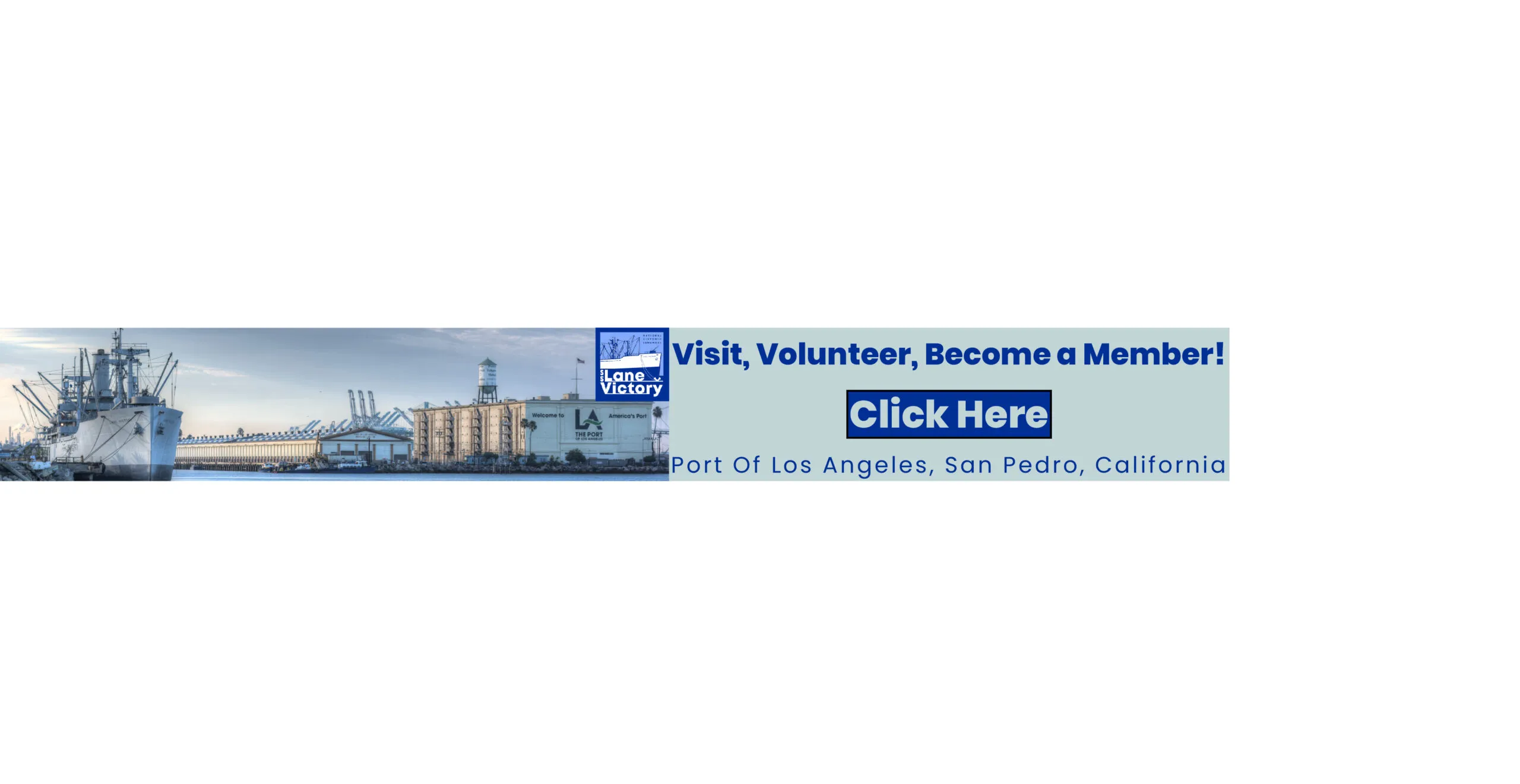In April 2023, the 99 neighborhood councils in the City of Los Angeles were forced to go back to in-person meetings, as opposed to Zoom meetings, which they had used since the beginning of the pandemic. But new state legislation may soon change this, allowing neighborhood councils the option to use teleconferencing.
In December 2022, Northwest San Pedro Neighborhood Council agreed to be part of an experimental hybrid meeting, where a majority of the board would be physically present; but attendees can participate remotely. However, this never happened because of the Ralph M. Brown Act, legislation that governs public meetings in California.
Part of the experiment was allowing board members to attend meetings remotely two to three times per year. Ray Regalado, president of Northwest San Pedro Neighborhood Council, said that the hybrid meetings could have worked if the whole council was present at one location.
“But if in fact, someone is unable to attend, and they want to attend from a different location, say their home, under the Brown Act, that location that they’re at, now becomes a public place where people can sit in and do the meeting,” Regalado said. “I don’t know about you, but if I’m not feeling up to snuff and I want to attend the meeting and I want to do it from home, I don’t want to have to bring people into my home, or have a concern that someone may knock on my door at home.”
Senate bill 411, which has passed in the state senate, will allow neighborhood councils to choose if they want to use teleconferencing. However, it first must be approved by the state assembly, then the governor, then the LA City Council. A representative from state Sen. Anthony Portantino’s office, who introduced the bill, said the idea for the bill came from the organization Streets For All. Even though it’s a state bill, it’s specifically about the neighborhood councils in LA.
“There is a case for LA’s neighborhood councils specifically because these 99 boards are uniquely grassroots organizations made up of volunteers who are elected to office by roughly 40,000 members of their local community and they operate as advisory bodies receiving no compensation for their participation,” The representative wrote via email. “Due to LA’s large geographic size, large and diverse population, traffic hazards, and the sheer number of neighborhood councils, allowing them to choose to meet remotely is a prudent step to increase participation in government.”
Doug Epperhart, president of Coastal San Pedro Neighborhood Council, was part of the working group that was developing the hybrid meeting model that Northwest SPNC was selected for. However, the progress of SB 411 made the proposed model irrelevant.
“I said, look, basically this bill is going to kill the whole hybrid meeting thing,” Epperhart said. “Because if a neighborhood council has an option, they’re probably going to do a Zoom meeting.”
The proposed model would involve the city paying for a lot of equipment, but Epperhart said it’s a dead issue now.
Regalado said if the bill does pass, his council will likely have a hybrid meeting, both in-person and remote, as there are people who prefer remote meetings.
“Not everybody has the technical experience or the equipment to be able to do that from home too,” Regalado said. “Not everybody has a computer.”
Regalado said that translation services can also be an issue, and that the councils need to find a way to grant people equal access.
“As many times as I’ve heard people say I want to join a meeting remotely, I’ve heard people say that our ability to sit at a local spot to join a meeting is preferable to them,” Regalado said.
Epperhart said that if the bill does pass, his council will likely continue to have in-person regular board meetings, but some committee meetings will be virtual.
Regalado said his council’s return to in person meetings was challenging.
“It’s a matter of looking for a place to meet, making sure that that place was something that would pass whatever restrictions or qualifications the city is putting in place, and making sure you have all the loose ends put in, so you have as good a meeting as possible,” Regalado said.
The Northwest SPNC went back to Peck Park, where it met prior to the pandemic. Initially, the park was going to charge the council if its meetings went past 8 p.m., and the council’s meetings often run until 9 p.m. Regalado negotiated with the park to avoid this. Other things the council had to consider was its electronic equipment, and its minute-taker.
Regalado is also president of the Board of Neighborhood Commissioners, which oversees the neighborhood councils in LA. He has spoken to other councils, and says that the transition was difficult for many of them.
Coastal SPNC switched locations when it went back to in-person meetings. Prior to the pandemic, it met at Cabrillo Marina community center, but now it meets at the DoubleTree Hotel. Epperhart said this is because the center was not charging them rent prior to the pandemic, and now was going to charge them too much.
“They didn’t do anything for us, other than provide the space anyway,” Epperhart said. “But to provide the space and then charge us $650 for the privilege was a bit too much.”
Epperhart said the council decided to go to the DoubleTree because it was comparable in price, but offered more features, like a sound system and setting up and taking down the table and chairs.
When asked how attendance has been since returning to in-person meetings, Regalado said it depends on the issues that are discussed at each meeting. Caltrans recently came to his council, and there were more attendees then.
“I would say that so far our attendance is back to normal, when we were doing it in person pre-COVID,” Regalado said.
Epperhart said that attendance at his council’s meetings has stayed about the same as it was over Zoom.
“On Zoom, we were lucky to get half a dozen people, and we’re probably about half a dozen people,” Epperhart said.
Regalado said that some people have told him their council has less people in person, and some have said they have had more.



